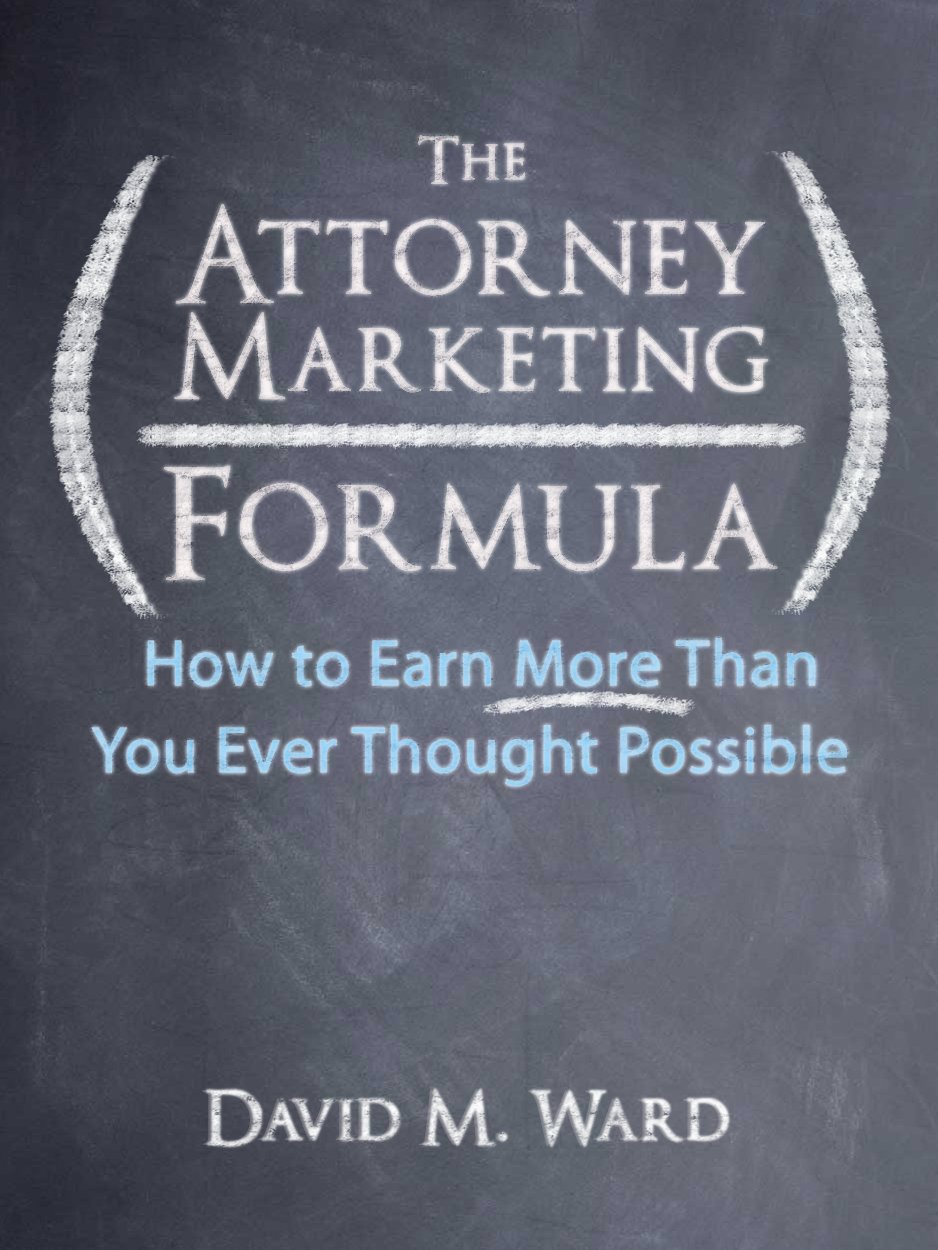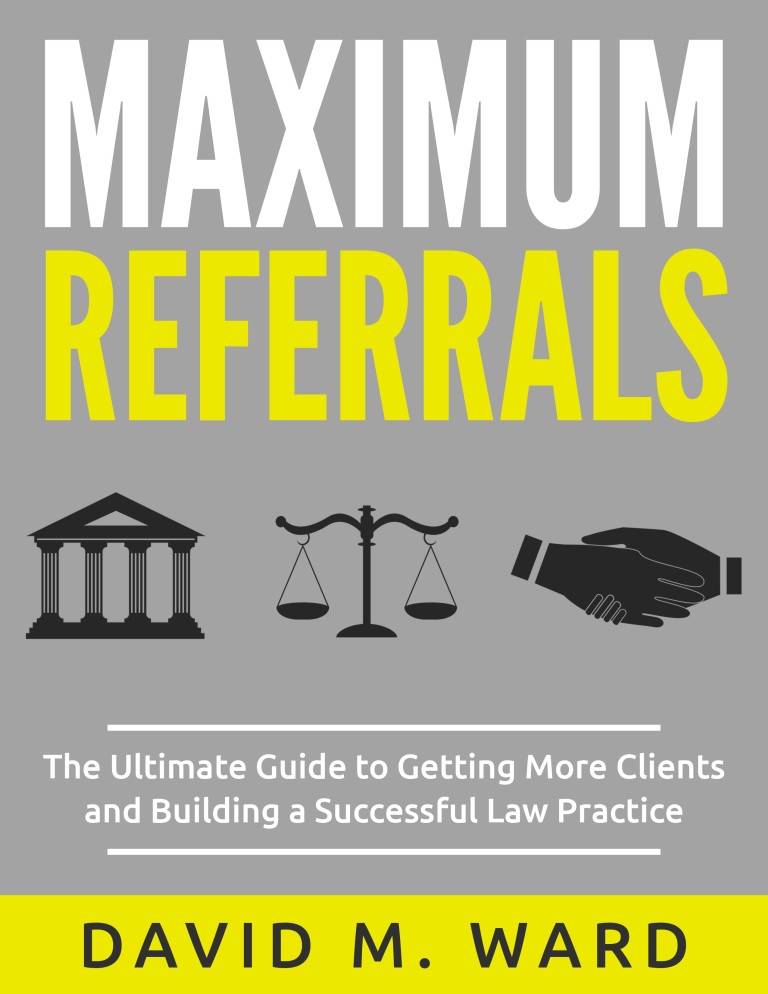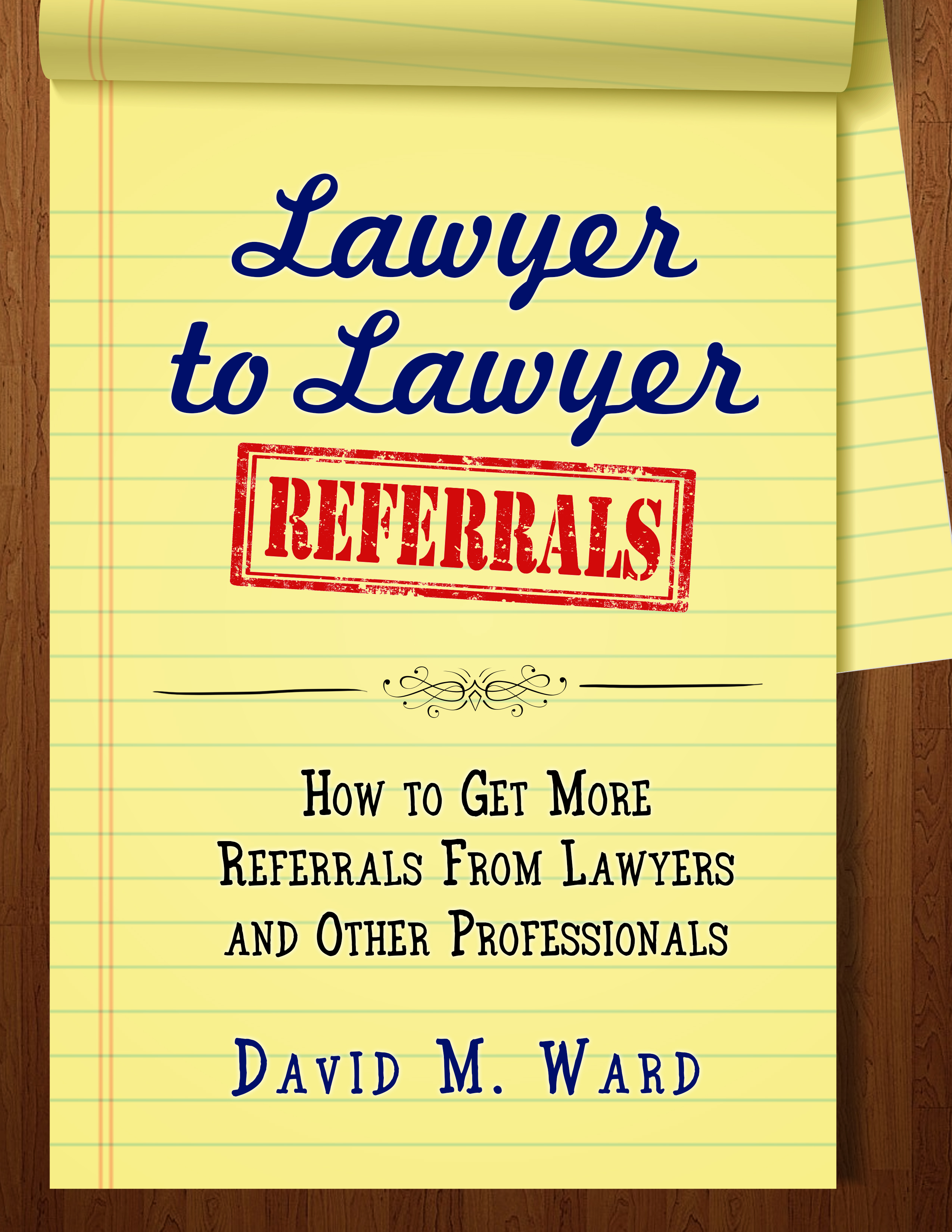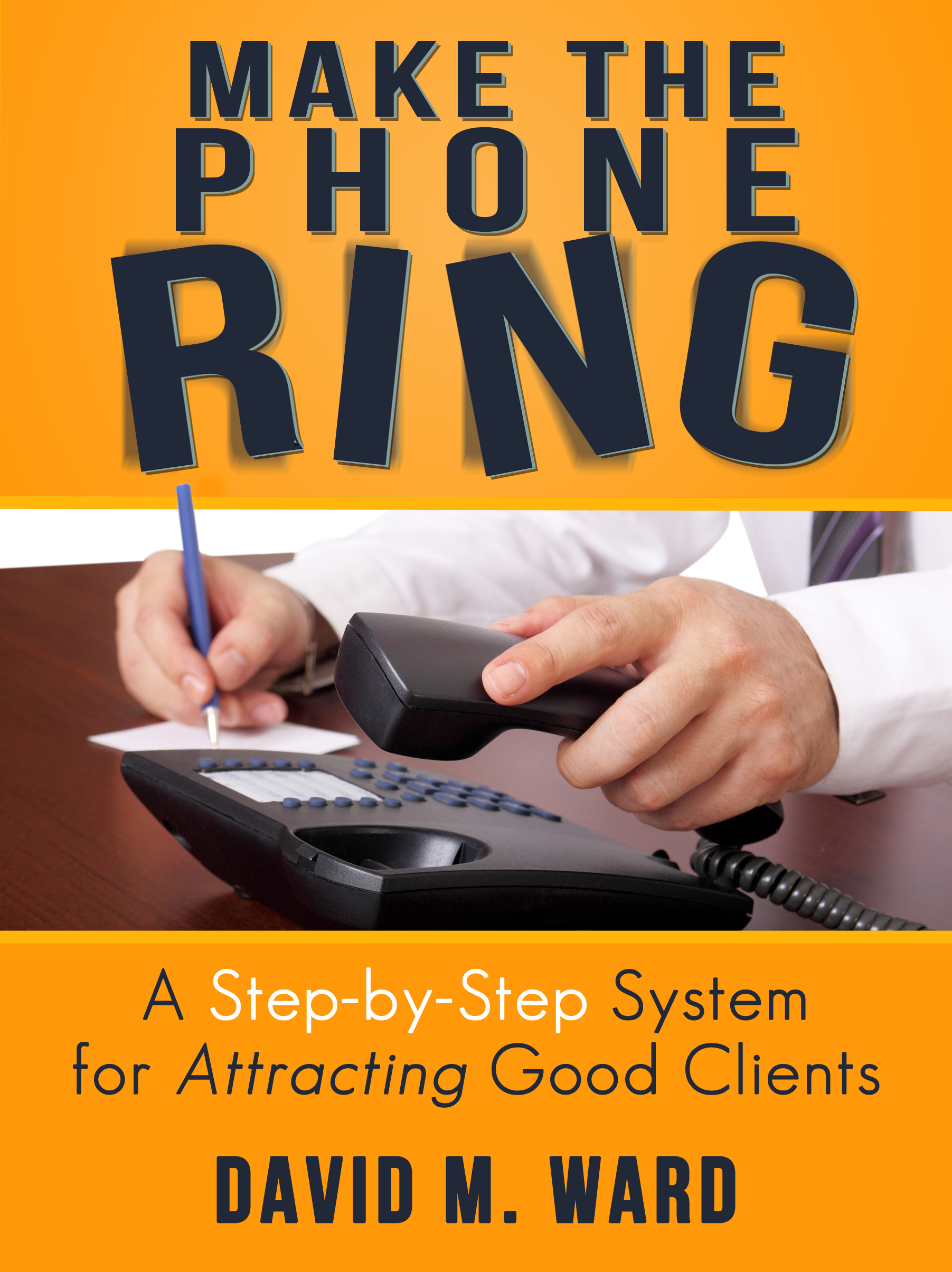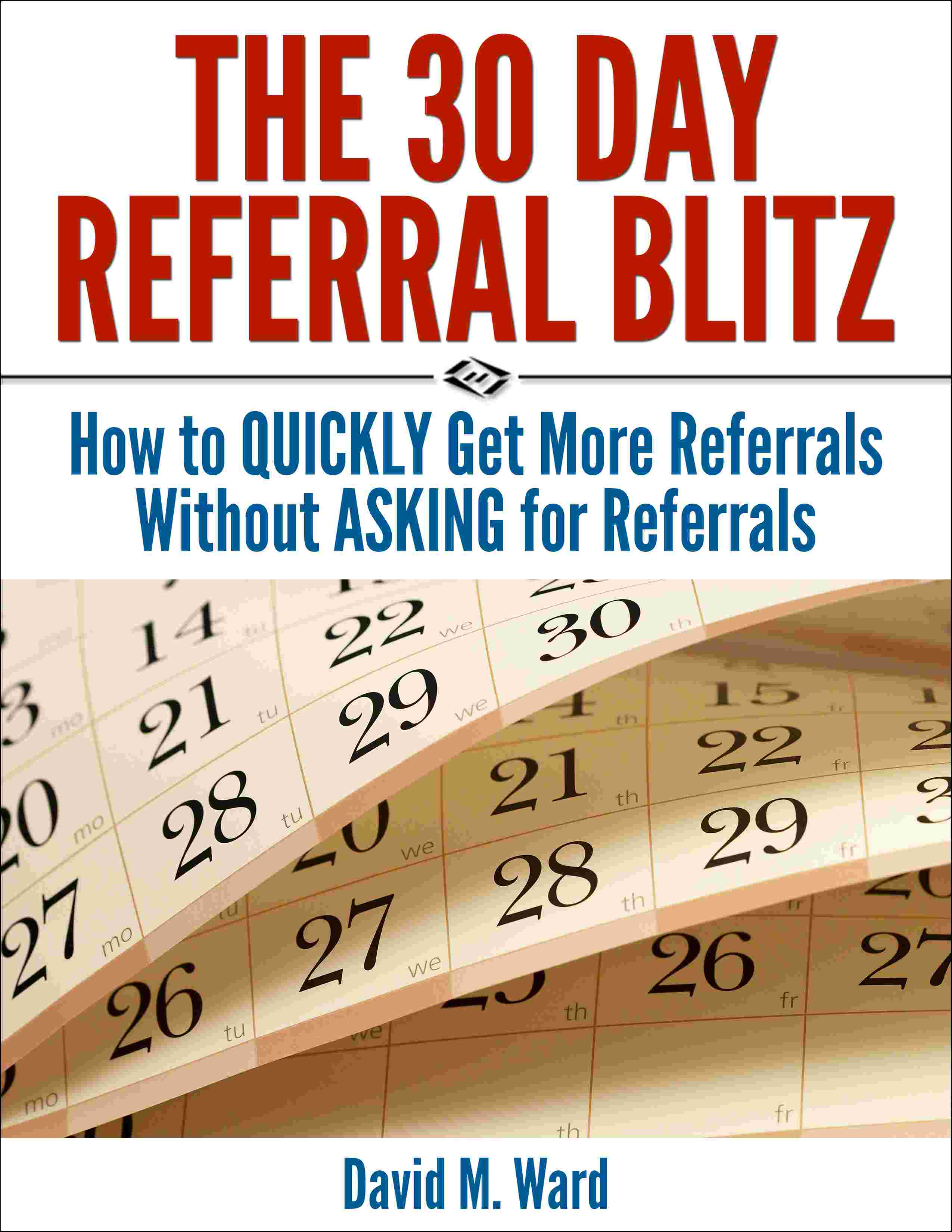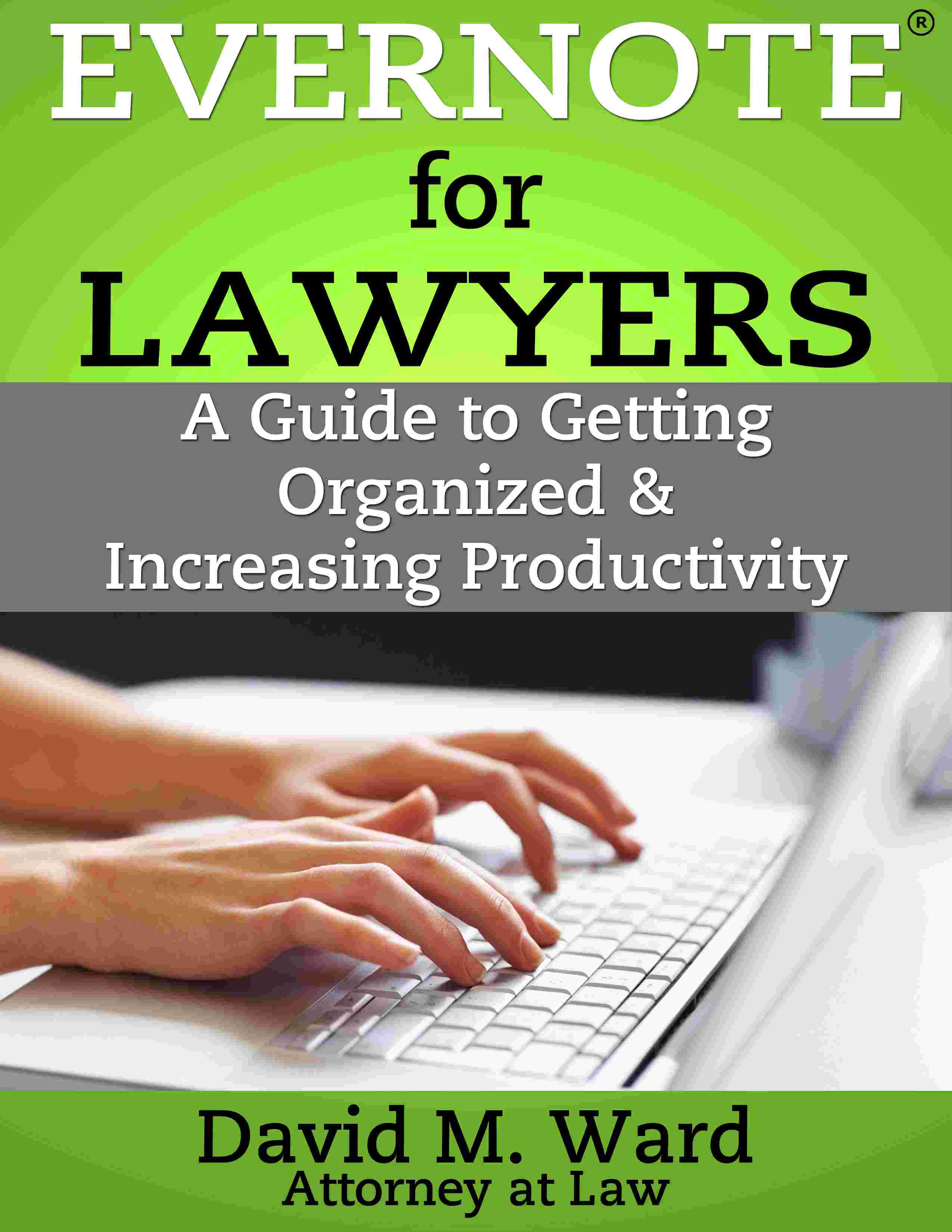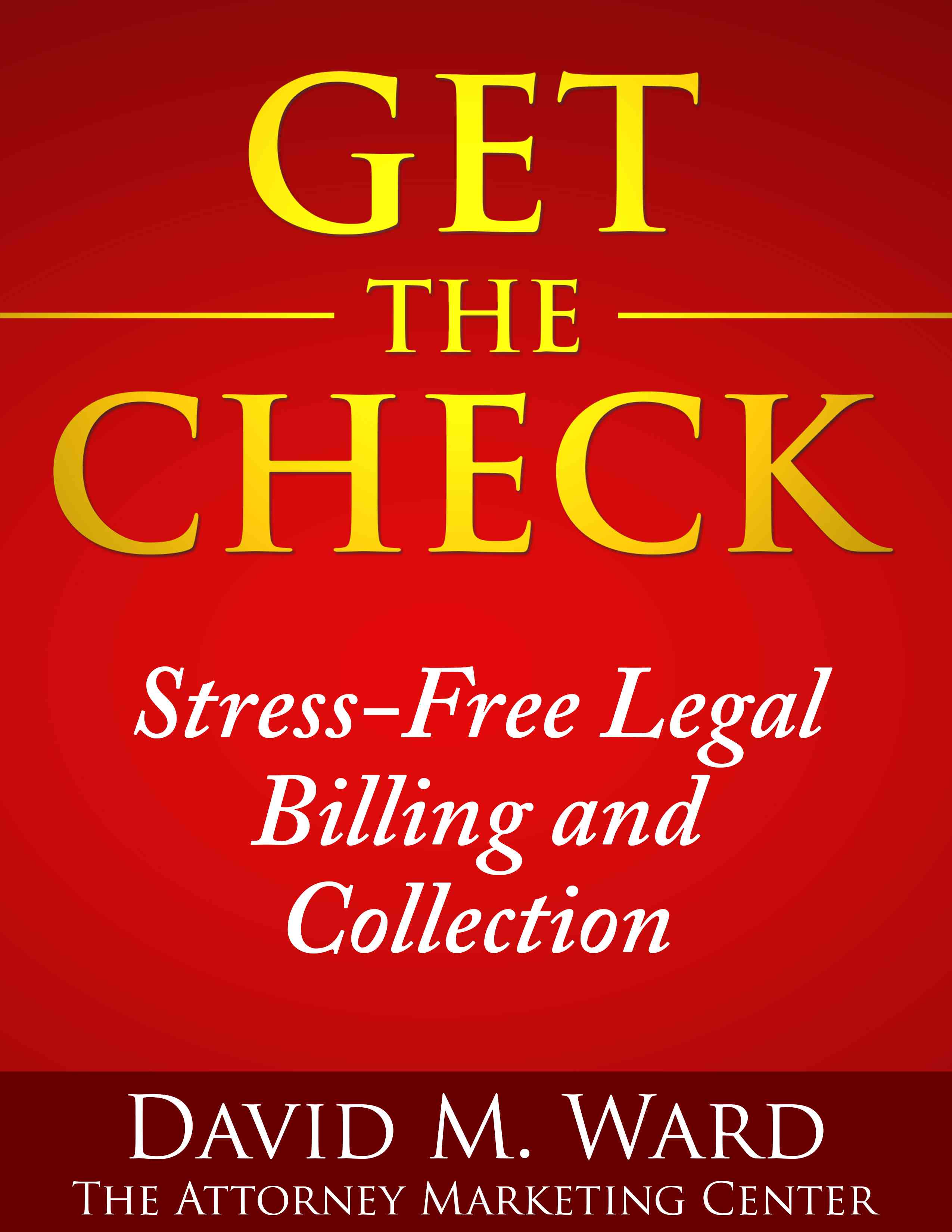If your practice isn’t growing, it might be because you’re not doing the things you did when you started out, or you’re not doing them the way you did before.
You’ve become complacent. And lost your edge.
Fortunately, you can switch back to the way things were. But to do that, you need to get out of your comfort zone and be willing to take some risks.
Risks that you might fail. That you might lose money or embarrass yourself. Or you might not like doing the work, and then what?
But you can do this. It’s not like the work is inherently difficult. You don’t have to dig ditches or work for peanuts like I did starting out, taking cases that paid total fees of $300 and doing things I was not (yet) good at, or things I hated.
Don’t dwell on the negative. Give it a try.
It might be rough and make you question life, but (surprise) it might not. You might find it more fun than annoying, more invigorating than daunting.
Begin by making some goals. Make them big, nearly impossible; so big they make you laugh.
Why?
Well, when you were new, you might have been desperate (like me) and willing to do anything, put up with anything, risk everything, but now, if you’re not desperate and the fear of failure and becoming homeless isn’t driving you, you need different motivation.
To wit, big, hairy, crazy goals that put a smile on your face. That might be just what you need to let go of your resistance, get out of your comfort zone and get to work.
But tell no one. Make a pact with your ego to make something happen first, and then you can surprise anyone who might care.
Then, make a plan. Choose a target market, ideal client, and one or two marketing strategies. Grab your calendar, schedule time for marketing and practice development, and put one step in front of the other.
One more thing. No matter how hard it might be, it will be infinitely easier than it was when you were new. You have experience, now, professional contacts, and satisfied clients willing to work with you and refer others.
Compared to the old days, it will be a cakewalk.

